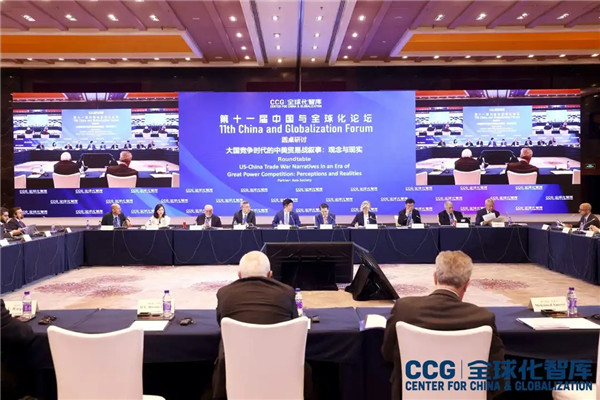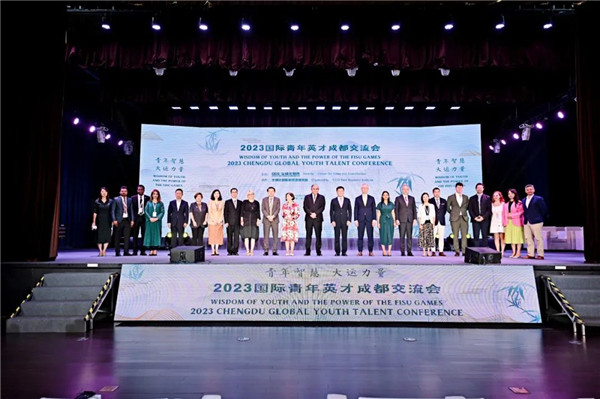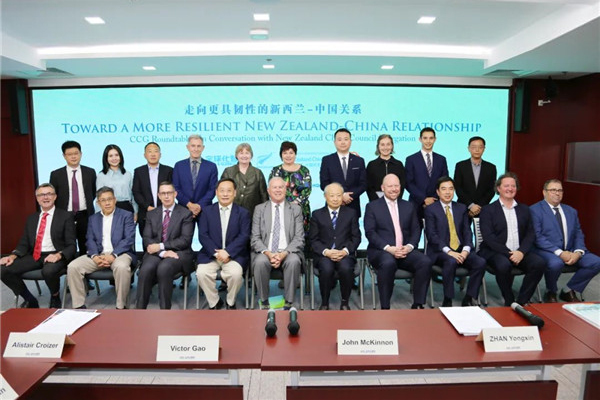CCG Releases 3rd Blue Book Report on Chinese International Migration
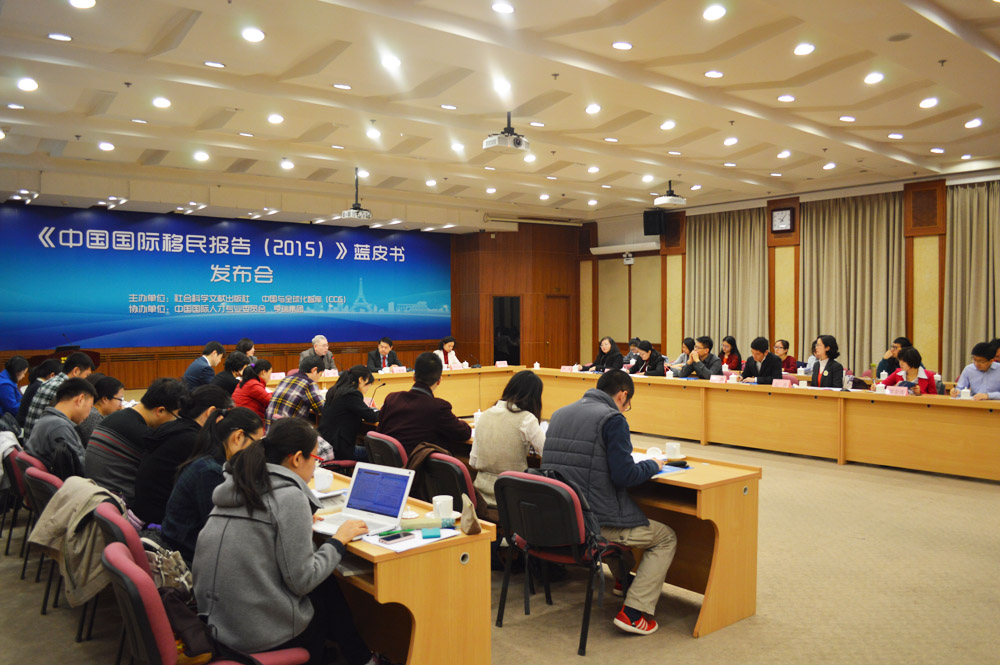
—–China remains top source of international migrants
Policies proposed to leverage Chinese and international talent to boost China’s development
March 19th, Beijing-The Center for China & Globalization (CCG) released the 2015 Report on Chinese International Migration, the third one of the annual Blue Book Report series. The book identifies the newly-emerging trends in Chinese global migration, while proposing innovative new policies aimed at increasing the “immigration bonus,” or the leveraging of overseas Chinese and international talent to boost China’s economic and social development.
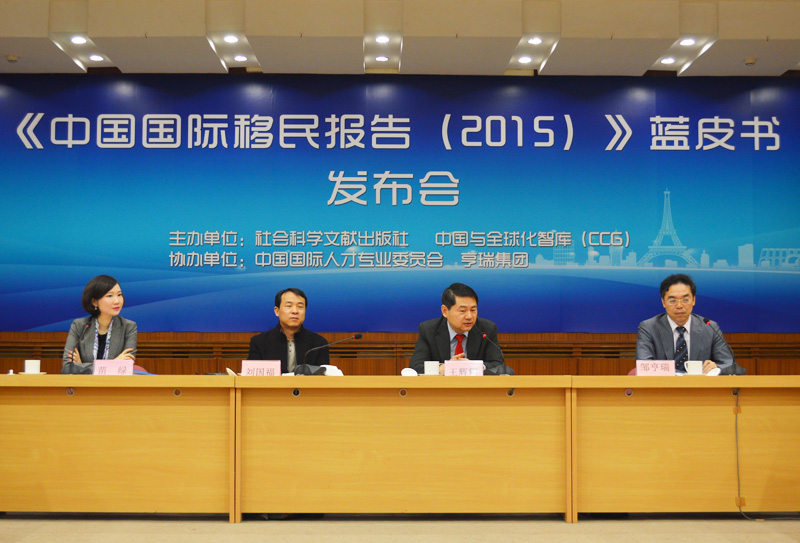
At the joint book release ceremony held in the Academic Report Hall of the Chinese Academy of the Social Sciences, Dr. Wang Huiyao, CCG President and the lead author of the book, pointed out that the report, which is based on exhaustive research and study of Chinese international migration, presents an overview of global migration. In so doing, it identifies the major trends in cross-border population flows that have emerged in the recent years. These include China remaining the largest source of international migrants and rising impact of Chinese technical migrants on both worldwide scientific and economic development and the globalization of Chinese enterprises.
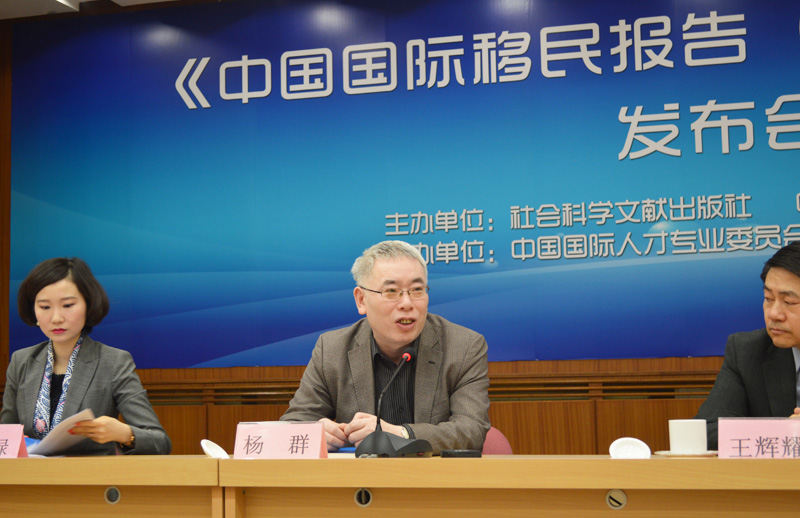
Those attending the ceremony included Yang Qun, Chief Editor of the Social Sciences Academic Press and Liu Guofu, professor at the Beijing Institute of Technology and co-author of the book, along with a number of immigration experts and industry leaders.
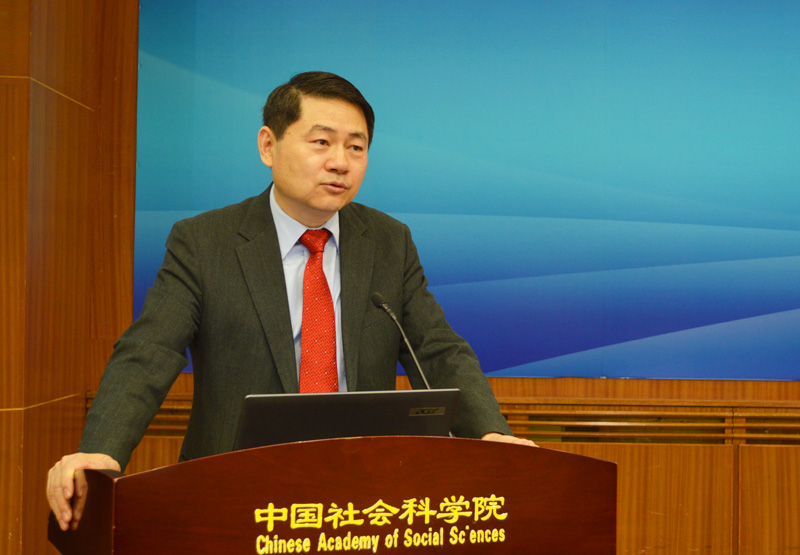
Presenting a wealth of new data and survey findings, the book also examines several hot policy issues regarding Chinese migration. These include instituting new rules facilitating visa applications to China, implementing the country’s technical migration system, and devising policy innovations in Chinese free trade zones to attract international talent. At the same time, the book extends the horizon of migration research by providing detailed coverage of important issues like the quality of life enjoyed by international migrants, cultural identity of newly returned overseas Chinese, and expat management and service systems around the world.
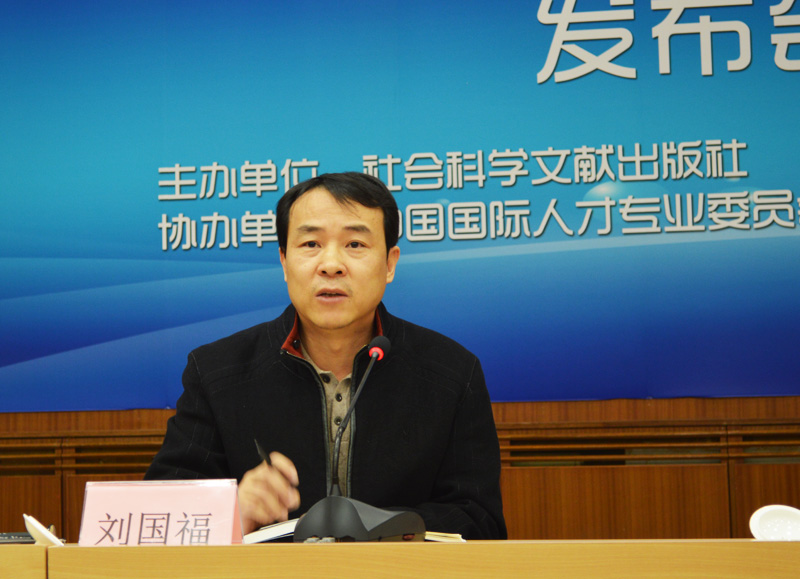
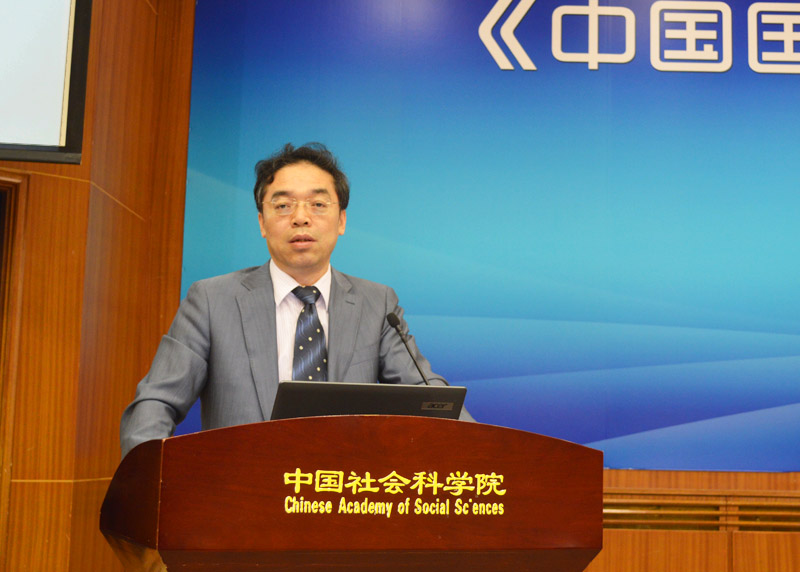

In 2012-2014, CCG released for three consecutive years the annual Blue Book Reports on Chinese international migration, Chinese studying abroad, and overseas Chinese returnees. The reports have presented extensive new research information and data and put forward insightful analyses and useful policy advice on migration issues, thereby receiving extensive attention from the government, scholars and academics, media, and general public. The international migration Blue Book Reports have generated over a thousand news stories and postings from more than 50 mainstream media outlets, including Xinhua, CCTV, People’s Daily, and China Daily.
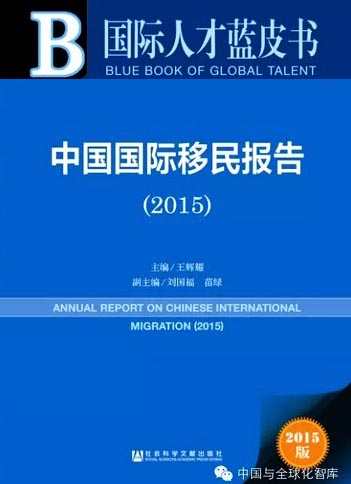
China remains the world’s largest source of international migrants
According the report, the total number of overseas Chinese currently remains at around 60 million, making Chinese people the largest international migration group in the world. The main destinations of Chinese migrants are the U.S., Canada, Australia, South Korea, Japan, and Singapore. In 2013, the number of Chinese who obtained permanent residence visas in the U.S., Canada, and Australia totaled 133,000. China has become the second largest source of immigrants to the U.S. and the largest source of immigrants to Canada and Great Britain. In Australia, China has contributed the largest number of investment immigrants and second largest number of technical immigrants.
China emerges as a popular migration destination
According to the report, due to China’s economic growth and improved international image, it has itself become a popular international migration destination during the past decade. UN statistics show that the number of foreigners living in China has been rising at an annual average rate of 3.9% from 2001 to 2013, when the number of foreign residents in China stood at 848,500. This recent growth rate of foreign migration to China is nearly 33% higher than the 3% annual increase that occurred from 1990 through 2000. A survey of global expats released by HSBC in October 2014 found that China was ranked as the 3rd most popular destination for expats in the world, exceeded only by Switzerland and Singapore-the latter was the number one choice in Asia for expats.
China’s polices to attract back overseas Chinese talent generate positive results
In recent years, the Chinese Government has put forth a number of policies to facilitate and incentivize high-level overseas Chinese talent to return home, including the “Thousand Talents Plan,” a recruitment program targeting global experts. CCG experts believe that such measures have had a strongly positive impact. By the end of 2013, more than 1.4 million Chinese studying abroad have returned, including 353,500 in 2013, a 29.53% increase from 2012. In 2013, the number of experts recruited in the “Thousand Talents Plan” reached 4,183, which was 26% higher than in the previous year.
Chinese investment immigrants will increase steadily, but this rise will not significantly affect China
The report points out that the growth of Chinese international migration will maintain a strong momentum in the near future, due to domestic economic, environmental, and education factors, along with immigration policy changes in developed countries. However, the number of Chinese migrating remains very small in relation to the total number of people living in China, so it will have hardly any impact on the size and structure of the country’s population. Among all types of migration, investment immigration will continue to play a major role, because:
·Many countries, like the United States, offer preferential policies to investment immigration applicants, such as setting no requirement on education level, language capability, or age, while ensuring faster and easier passage of the immigration interview process.
·The Chinese Government has relaxed the restrictions on corporate and individual ODI, which is expected to significantly boost overseas investment from China.
·The rapid expansion of China’s middle-class and growing purchasing power of the RMB makes investment immigration a viable option for more and more Chinese families.
China needs to further increase “immigration bonus”
From the time China launched a program to attract highly qualified foreign talent in 2008 up to May 2014, a total of 1,306 foreign experts and their families have been approved to receive Chinese “Green Cards.” CCG President Dr. Wang noted in the report that through the years, these individuals have played a constructive role in enhancing China’s science and research, education, industrial innovation, and international exchange and cooperation. Nevertheless, foreign talent still accounts for a small share of China’s population, only 0.06%, lower than the global average of 3.2% and far below the 10.8% average in developed countries. Previous studies of migration have shown that immigrants contribute significantly to the economic development of their host countries. Indeed, countries in which immigrants make up a relatively high share of the population have higher levels of economic development. For example, foreigners accounted for 41% of Singapore’s GDP in the 1990s, while one-quarter of the high-tech companies in the U.S. have been established by immigrants.
Dr. Wang believes that China has capitalized on the population mobility of over 300 million of Chinese people in the past 30 years. To build on this success, China should further open itself up to international talent mobility and obtain the “immigration bonus” to boost its development in the next 30 years. He suggests in the report that the government should establish an international talent immigration system consisting of a reformed visa program, including expanded Green Card provision and naturalization for foreigners living in China. The system ought to integrate and coordinate the existing models for managing foreign experts, students, and other expats. It must regulate each step involved in international talent recruitment, from the issuing of visas, work permits, and residence permits to the granting citizenship, while incorporating evaluation and selection procedures to ensure the qualification of recruited talent. Finally, the issue of providing social security and welfare policies for international talent in China also has to be addressed.
Dr. Wang emphasized that one of the priorities in building such a system is smoothing the transition from the student visa to work visa for foreign students to allow them to seek employment after graduation. Another priority is to accelerate the legislative process of the Investment Immigration and Technical Immigration laws. He also proposed creating an immigration affairs administration agency and improving non-conventional immigration and other relevant systems.
In the meantime, the report recommends that the government attach more importance to the integration of immigrants into China and learn from the experience of foreign countries. China must recognize the challenges and risks of addressing immigration issues, create a favorable environment for the foreigners legally living and working in the People’s Republic, and establish legislation to regulate and manage immigrants.
Media Coverage:
China Daily: Supportive China lures talented foreigners
http://www.chinadaily.com.cn/china/2015-03/20/content_19863032.htm
Global Times: China grows more popular for foreigners,finds report
http://www.globaltimes.cn/content/913109.shtml
Global Times: China considering laws to attract overseastalent
http://www.ecns.cn/2015/03-25/159280.shtml
CRI: China More Attractiveto Foreign Migrants: Report
http://english.cri.cn/12394/2015/03/19/4083s870807.htm
South China Morning Post: More wealthy Chinese set to flood US investor visa scheme: thinktank report
http://www.scmp.com/news/china/article/1742325/more-wealthy-chinese-set-flood-us-investor-visa-scheme-think-tank-report
LocationBeijing
